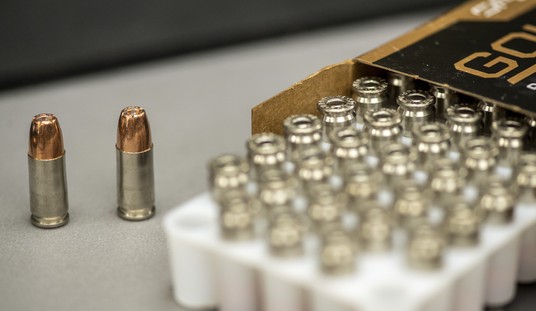When we discuss our rights, data shouldn’t matter. They’re our rights. There’s no data that will change that.
Unfortunately, it does matter.
A lot of people don’t accept that our rights are really our rights. Or, more accurately, they believe our right to keep and bear arms isn’t as universal as other rights and, therefore, should be curtailed. To defend this, they like to try and float data, just as we use it to combat their claims.
A favorite is anything involving “gun deaths,” namely any loss of life that can be attributed to a gunshot.
Pew has some new information on that which it published on Wednesday.
More Americans died of gun-related injuries in 2021 than in any other year on record, according to the latest available statistics from the Centers for Disease Control and Prevention (CDC). That included record numbers of both gun murders and gun suicides. Despite the increase in such fatalities, the rate of gun deaths – a statistic that accounts for the nation’s growing population – remained below the levels of earlier decades.
Here’s a closer look at gun deaths in the United States, based on a Pew Research Center analysis of data from the CDC, the FBI and other sources. You can also read key public opinion findings about U.S. gun violence and gun policy.
How many people die from gun-related injuries in the U.S. each year?
In 2021, the most recent year for which complete data is available, 48,830 people died from gun-related injuries in the U.S., according to the CDC. That figure includes gun murders and gun suicides, along with three less common types of gun-related deaths tracked by the CDC: those that were accidental, those that involved law enforcement and those whose circumstances could not be determined. The total excludes deaths in which gunshot injuries played a contributing, but not principal, role. (CDC fatality statistics are based on information contained in official death certificates, which identify a single cause of death.)
Now, I’m not going to dispute Pew’s numbers, but I will comment that they’re rather incomplete.
Suicides, for example, are more than half of all gun deaths in the United States. Suicide involves mental health issues and can be addressed best through those kinds of interventions.
It also fails to frame data in any way other than one that seems predetermined to help people reach a conclusion that involves some form of gun control.
For example, Pew compares gun deaths to other countries.
Unsurprisingly, the US has a much higher rate than European nations but a much lower rate than Latin American nations.
What’s missing in this, though, is that when you compare the United States to other developed nations, you find we also have a much higher rate of non-gun homicides. I haven’t bothered to look at non-gun homicide rates in Latin America or elsewhere because I don’t think it’s relevant, but I have looked at America versus Europe, and yes, we are actually more violent as a general thing.
Gun deaths are a popular statistic, but it’s also useless.
Many of those who commit suicide with firearms would attempt to commit suicide with another implement if guns weren’t available. While anti-gunners are quick to point out that guns are the most “effective” means for committing suicide, there are others that are damn near as sure of a thing. Making guns go away won’t really impact suicides.
Further, many of those who commit murder aren’t going to just decide to let bygones be bygones simply because they don’t have a gun to shoot their enemy with. That’s insane thinking if you ask me.
We’d be better off if we started looking at ways to prevent not just gun deaths but, you know, deaths.
Unfortunately, too many people have created an entire industry dedicated to not doing that.







